News
Comprehensive Exploration of Direct Current Conversion Technologies
Click: 748 Date: 01/03/2024 2::22::07 PM
Comprehensive Exploration of Direct Current Conversion Technologies
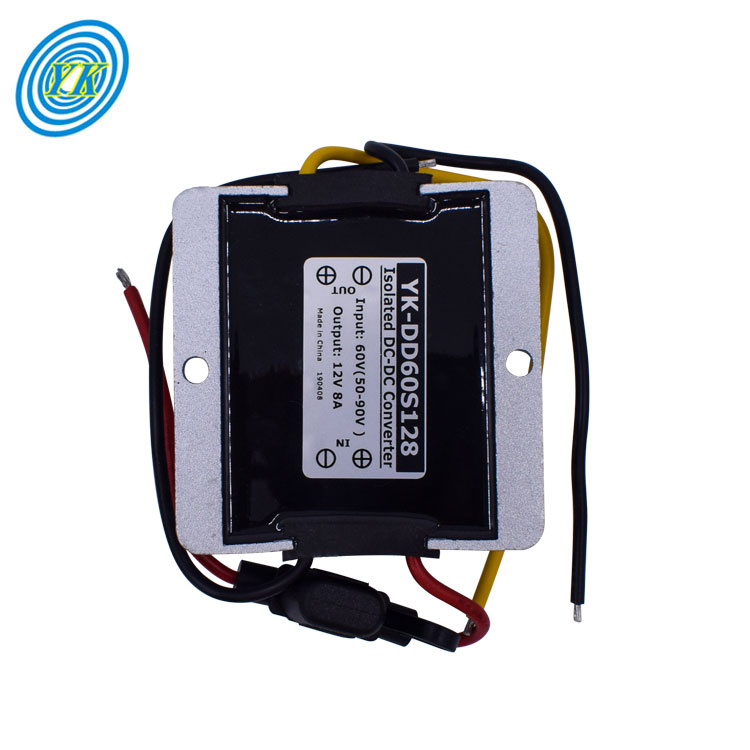
"Understanding DC-DC Converters" is a crucial topic that provides a fundamental understanding of these essential components in power systems.
DC-DC converters play a vital role in a wide range of applications, from powering personal computers and office equipment to supplying spacecraft and telecommunication systems. They are designed to convert an unregulated DC voltage (Vg) into a regulated output voltage (V) that varies in magnitude and potentially polarity from Vg.
These converters are critical because they ensure high efficiency, which is essential given the difficulty and cost associated with cooling inefficient power converters. Ideally, a DC-DC converter operates at 100% efficiency, although in practice, efficiencies of 70% to 95% are usually achieved.
The operation of a DC-DC converter is made possible through the use of switched-mode or chopper circuits. These circuits allow for the control and regulation of the total output voltage through pulse-width modulation (PWM). This technique is also employed in applications involving alternating current, including high-efficiency DC-AC power converters (inverters and power amplifiers), AC-AC power converters, and some AC-DC power converters (low-harmonic rectifiers).
There are numerous types of DC-DC converter circuits, each designed to increase or decrease the magnitude of the DC voltage and/or invert its polarity. Some commonly used DC-DC converter circuits include the buck converter, which reduces the DC voltage, and the boost converter, which increases it. Other types include the buck-boost converter, which can both increase and decrease the voltage magnitude, and the Cuk converter, which also inverts the voltage polarity.
In conclusion, DC-DC converters are an integral part of modern power systems, playing a key role in the efficient conversion and regulation of DC voltages. Their versatility and efficiency make them indispensable in a wide array of applications.
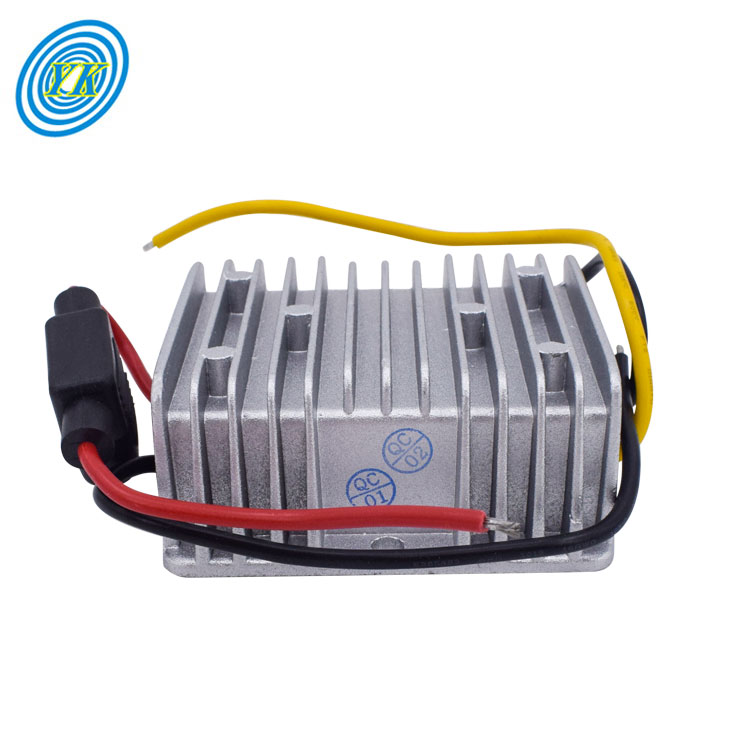
"Exploring Switching Regulators": In this section, we delve into the role of switching regulators within the realm of DC-DC conversion. We'll discuss their advantages, disadvantages, and how they have evolved over time.
Switching regulators play a crucial role in DC-DC conversion due to their ability to convert input voltage to a desired output voltage with high efficiency. They are particularly useful in power electronics, battery charging, and battery-powered devices. However, like any technology, they come with certain challenges and limitations.
One of the key advantages of switching regulators is their high efficiency. Unlike linear regulators that waste power as heat, switching regulators convert electrical energy into heat in the form of a magnetic field, making them more efficient.
However, switching regulators also have their drawbacks. One of the main challenges is managing the parasitic elements associated with the transistors and diodes used in these regulators. These elements, known as Equivalent Series Resistance (ESR) and Equivalent Series Inductance (ESL), can affect the performance of the regulator. High ESR can lead to excessive output voltage ripple and regulator loop instability, while high ESL limits the high-frequency effectiveness of the capacitor.
The evolution of switching regulators has been marked by continuous improvements in their design and performance. Modern switching regulators incorporate advanced techniques such as pulse width modulation (PWM) control and resonant mode control to reduce ripple and noise, improve efficiency, and enable higher output voltage levels. Furthermore, advances in semiconductor technology have led to the development of smaller, cheaper, and more reliable switching regulators.
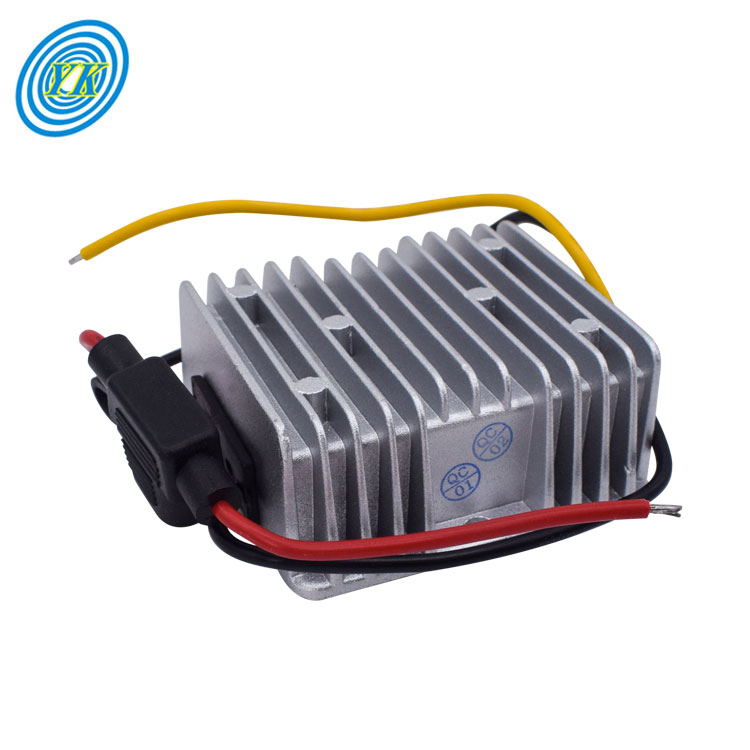
In this section, we will delve into the recent progress in power semiconductor devices, a critical component in DC-DC converters.
Power semiconductor devices are core components in modern electronics, playing a vital role in the conversion and control of electrical power. They have gone through significant evolution in recent years, with new materials and designs improving their performance and efficiency.
Silicon-based power devices have been the industry standard for years, but new materials such as gallium nitride (GaN) and silicon carbide (SiC) are emerging as promising alternatives. These materials offer superior electrical properties, including higher breakdown voltage and faster switching speeds, which make them ideal for high-power and high-frequency applications.
In addition to new materials, advancements in device architecture and fabrication techniques have also contributed to the progress in power semiconductor devices. For example, the development of vertical device structures has allowed for higher current density and lower on-resistance, leading to more efficient power conversion.
Finally, the integration of power semiconductor devices with other electronic components, such as sensors and microcontrollers, is opening up new possibilities for smart and energy-efficient power systems. This integration enables real-time monitoring and control of power conversion processes, improving the overall performance and reliability of DC-DC converters.
Please note that these advancements are not without challenges. The adoption of new materials and designs requires significant investment in research and development, and there are technical hurdles to overcome, such as managing heat dissipation and reducing parasitic capacitance. Nonetheless, the potential benefits in terms of improved performance and efficiency make these advancements a key area of focus in the field of power electronics.
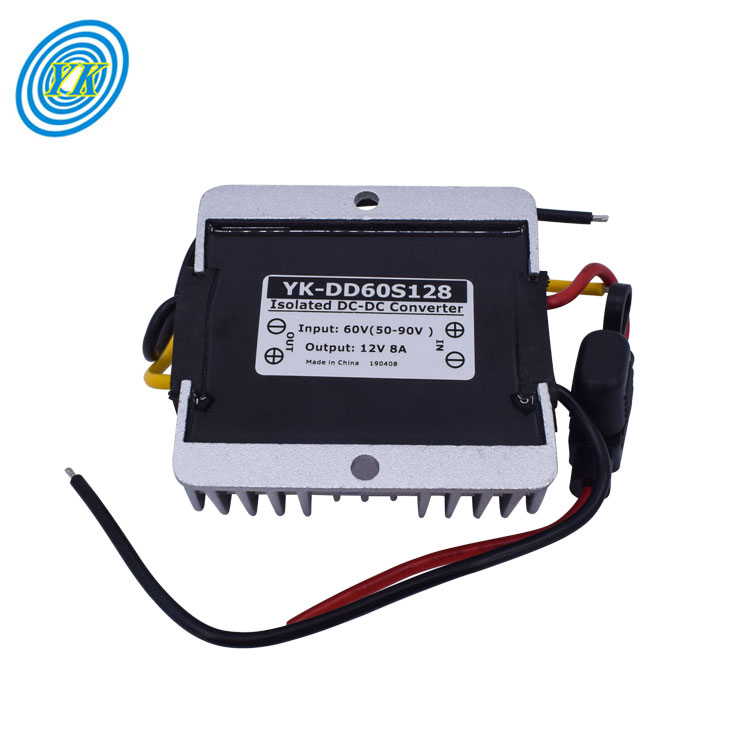
"Power Optimizers: Enhancing Efficiency in DC-DC Conversion"
"The Basics of Power Optimizers": In this section, we would discuss the fundamental principles behind power optimizers, their role in DC-DC conversion and why they are important in power systems.
"Efficiency Measurement of Power Optimizers": Here, we would explore how the efficiency of power optimizers is measured. We would look at various methods and standards used to estimate the annual weighted efficiency of these devices .
"Impact of Operating Conditions on Power Optimizer Efficiency": This section would delve into the different operating conditions that power optimizers can face and how these conditions affect their efficiency. For example, we would discuss how input power and output voltage conditions influence the efficiency of power optimizers.
"Case Studies: Power Optimizers in Action": In this part, we would present some case studies that showcase the use of power optimizers in real-world scenarios. This includes instances of partial shading and string lengthening in photovoltaic (PV) systems.
"The Future of Power Optimizers": Finally, we would look at the future prospects of power optimizers. We would discuss ongoing research, potential improvements, and the impact of advancements in DC-DC converter technologies on the efficiency of power optimizers.
The overarching title for this article could be: "Optimizing Power Conversion: An In-depth Look at Power Optimizers in DC-DC Conversion Systems".
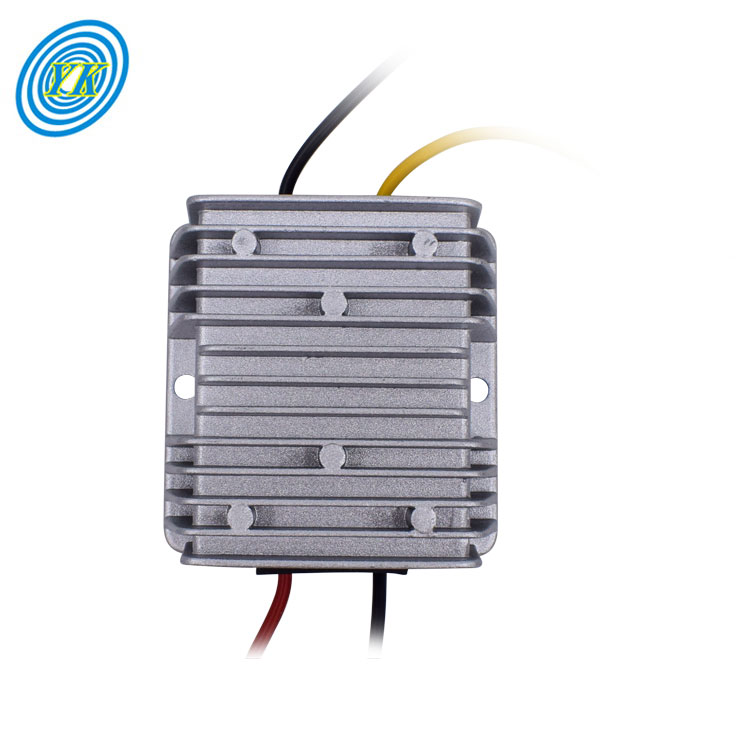
"Functionality of Boost and Buck Converters": Boost and buck converters are both DC-DC converters, but they serve different purposes. A boost converter steps up the input voltage to a higher level, while a buck converter steps down the input voltage to a lower level. This difference in functionality is crucial in determining which converter to use in a given application.
"Efficiency and Performance": Both boost and buck converters can achieve high efficiency, but their performance may vary depending on the operating conditions. For instance, buck converters tend to have higher efficiency at high input voltages, while boost converters may perform better at low input voltages.
"Applications of Boost and Buck Converters": Boost converters are often used in applications where a higher voltage is needed, such as in battery-powered devices or solar power systems. On the other hand, buck converters are commonly used in applications that require lower voltages, such as in power supply units or battery charging circuits.
"Design Considerations": The design of both boost and buck converters can be complex, with factors such as the choice of components, control strategy, and thermal management playing a crucial role in their performance and reliability.
"Future Trends": With ongoing advancements in semiconductor technology and power electronics, both boost and buck converters are expected to become more efficient, compact, and reliable in the future.